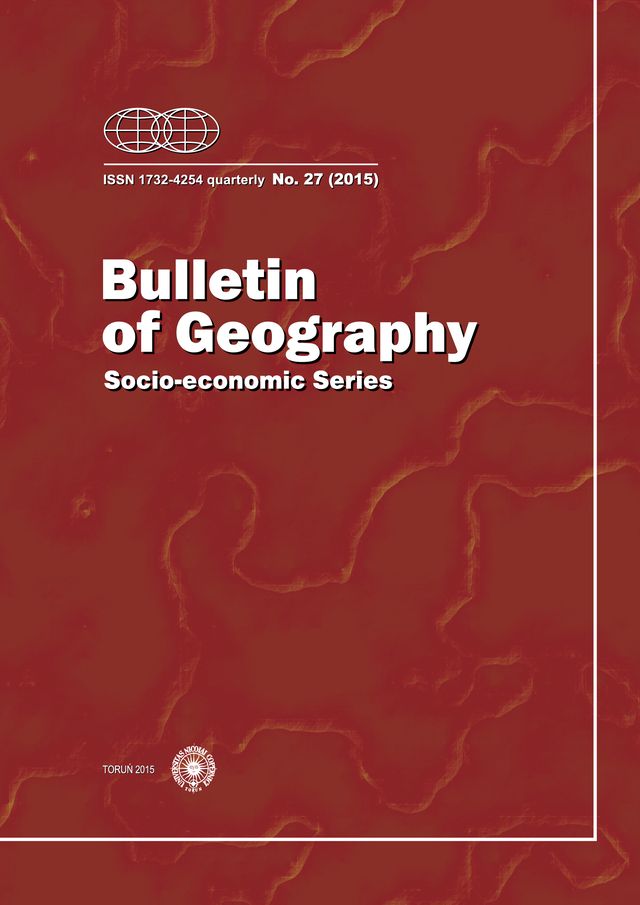Morphological processes in the spatial structure of the southern district of Wrocław city
Morphological processes in the spatial structure of the southern district of Wrocław city
Author(s): Barbara Miszewska, Robert SzmytkieSubject(s): Geography, Regional studies, Physical Geopgraphy, Human Geography, Regional Geography, Environmental Geography
Published by: Wydawnictwo Naukowe Uniwersytetu Mikołaja Kopernika
Keywords: morphological processes; urban structure; urban cycle; Conzenian methods; Wrocław city
Summary/Abstract: The paper analyses the morphological changes in the spatial structure of the southern district of Wrocław city (Lower Silesia, Poland). The district developed from the former villages of vegetable-growers, which in the Middle Ages bordered directly with the city as set out in the charter. In the second half of the 19th century, the villages were incorporated into the city, and after a while, they started their metamorphosis. Rectangular urban blocks were formed on the basis of medieval axes in the villages. At the end of the 19th century and the beginning of the 20th century, the blocks were successively filled with typical tenement buildings. As a result of World War II, existing buildings were totally destroyed. In the 1960s, they started re-construction of the district, which led to its second metamorphosis. The new constructions resembled typical, socialist apartment projects in other Polish cities. The prestige the district enjoyed before World War II was lost together with its style and character.
Journal: Bulletin of Geography. Socio-economic Series
- Issue Year: 2015
- Issue No: 27
- Page Range: 133-151
- Page Count: 19
- Language: English

